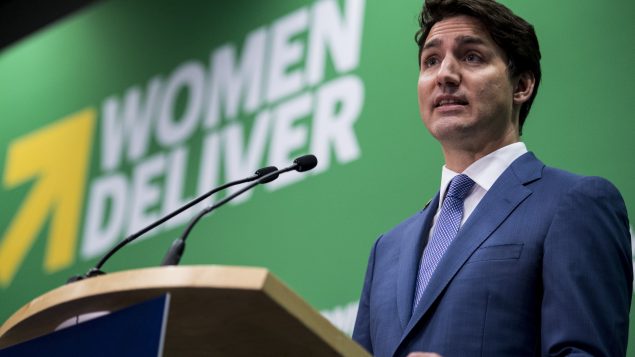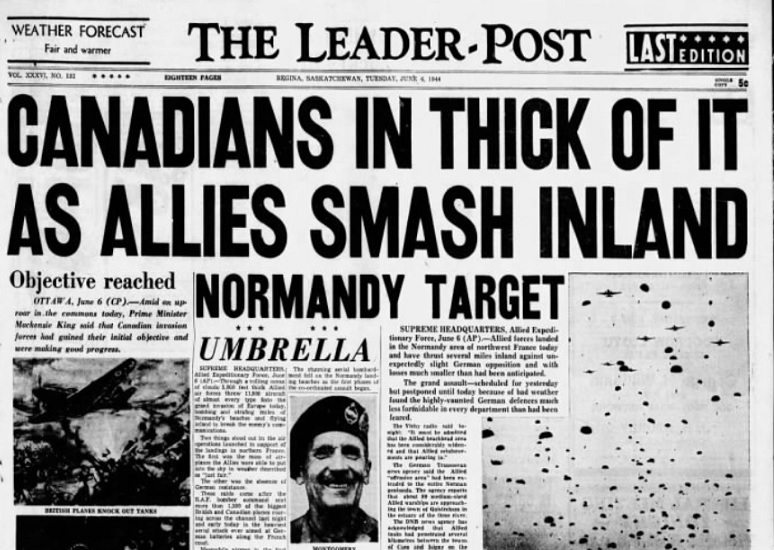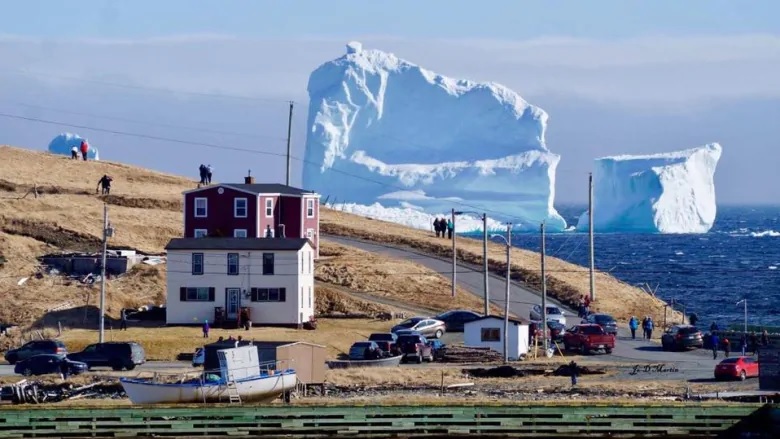Your hosts: Lynn, Marie-Claude, Levon, and Marc (video of show at bottom)
ListenMissing and Murdered Indigenous Women and Girls inquiry: final report

Prime Minister Justin Trudeau addresses the media at the Women Deliver Conference in Vancouver, Tuesday, June 4, 2019. (Jonathan Hayward/THE CANADIAN PRESS)
The national inquiry into the issue of Missing and Murdered Indigenous Women and Girls finally presented its findings and final report this week.
While the report noted that Indigenous females were far more likely to be victims of murder or go missing than the rest of society, the media attention focussed on the report’s use of the word “genocide” and whether such a strong word fits the situation.
Prime Minister Justin Trudeau said he accepted the use of the word, while others say they have difficulty with using that word in the Canadian context. They include the Canadian commander of UN forces in Rwanda who witnessed the genocide there.
Levon prepared a report with several audio clips from the head of the inquiry, the Prime Minister, and retired Lt.-Gen. Romeo Dallaire.
D-Day: 75 year anniversary ceremony

Headline in the Regina Leader-Post, Saskatchewan, similar to papers across Canada on Tuesday June 6, 1944.
It had been planned and long prepared for but there would also have to be an incredible amount of luck for the many thousands of Allied troops headed across the English channel to invade Nazi occupied France. Among them in that initial landing were some 14,000 Canadians given the centre of the landing area.
What they achieved that day was remarkable, although at heavy cost of over 300 dead and twice that many wounded, many very seriously.
Marc spoke with Maj Richard Gratton who has been with a small group of Canadian soldiers touring battlefields and who attended the commemoration ceremonies held at the beach where Canadian fought their way ashore on June 6, 1944
Plastic Pollution: Canadian consumer thoughts

Plastic may ensure food safety and extend its shelf life, but most of it is not recycled. (iStock)
A new survey by Dalhousie University in Nova Scotia shows almost all Canadians (90%) would like to see stricter regulations against single-use plastics. Even more say they are motivated personally to reduce their own use of these products, and over 70 per cent would like to see a ban imposed. But would Canadians be willing to pay more for greener alternatives? Well, perhaps just a little bit more, but then there’s a limit.
On the other side of the issue, several stores are starting to allow consumers to bring in their own containers to enable a reduction in plastic packaging and bags. Various studies have shown much of the plastic is not recycled, and indeed several types of plastics simply are not recyclable.
Lynn spoke with Tony Walker, an assistant professor and co-author of the study.
Iceberg season off Newfoundland and Labrador
This is the time of year for thousands of tourists to make their way to Canada’s Atlantic province to view magnificent icebergs as they float down the coasts of Newfoundland with the current. Many fishermen augment their income with iceberg viewing tours, although often you can also see them from land. Maric-Claude has some video

This iceberg near Ferryland on Newfoundland’s Southern Shore in April 2017 stopped traffic as people abandoned their cars to take pictures. (Submitted by Jo-d Martin/Facebook)
Watch The Link, June 7th 2019
Images of the week







For reasons beyond our control, and for an undetermined period of time, our comment section is now closed. However, our social networks remain open to your contributions.